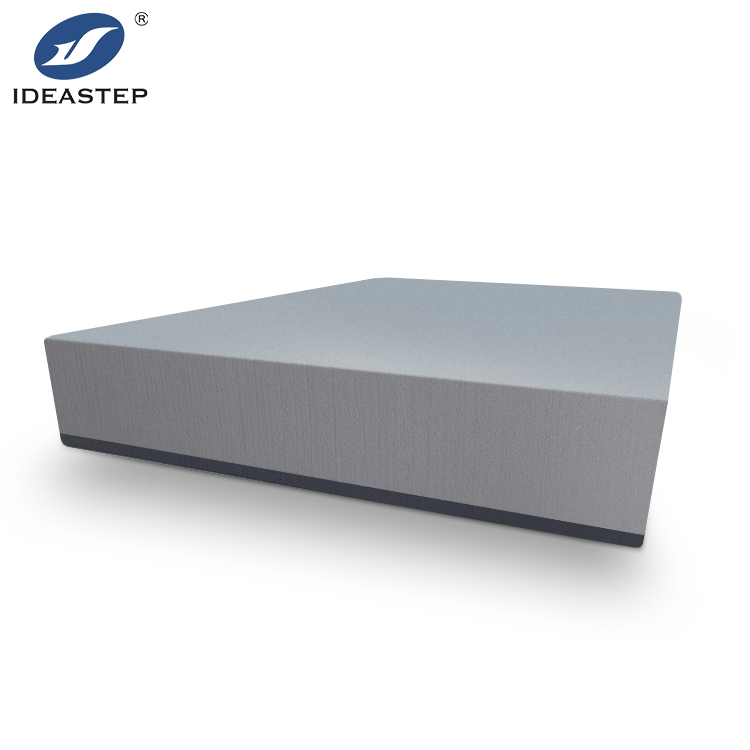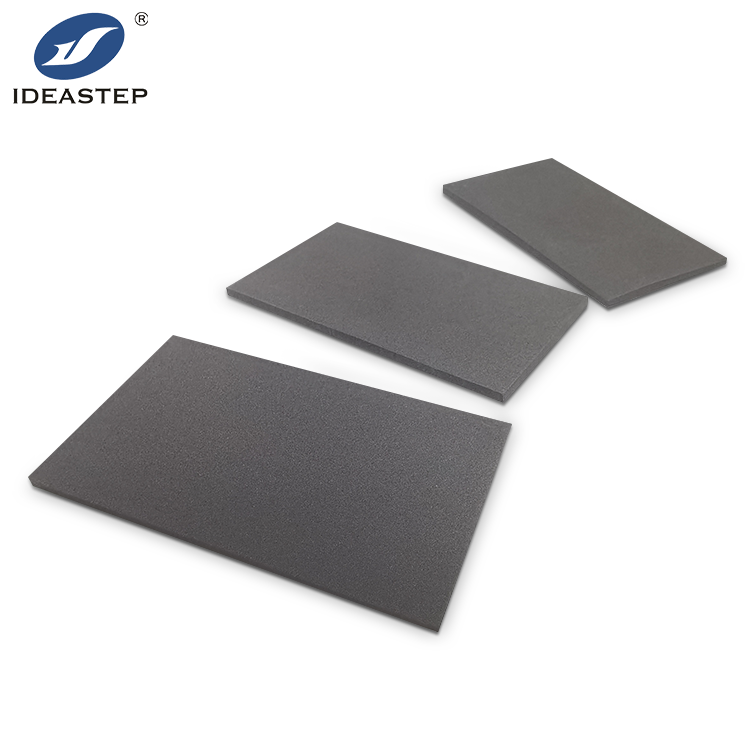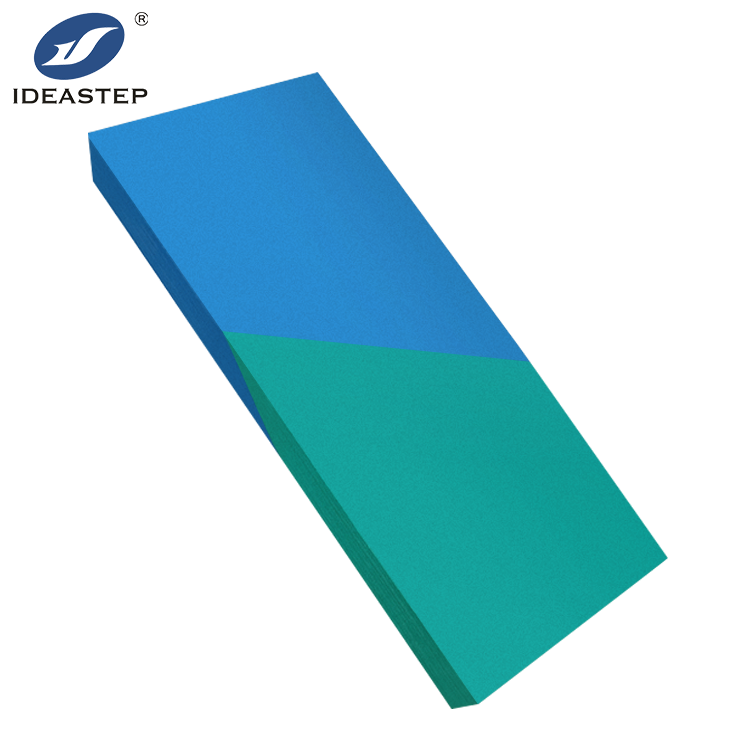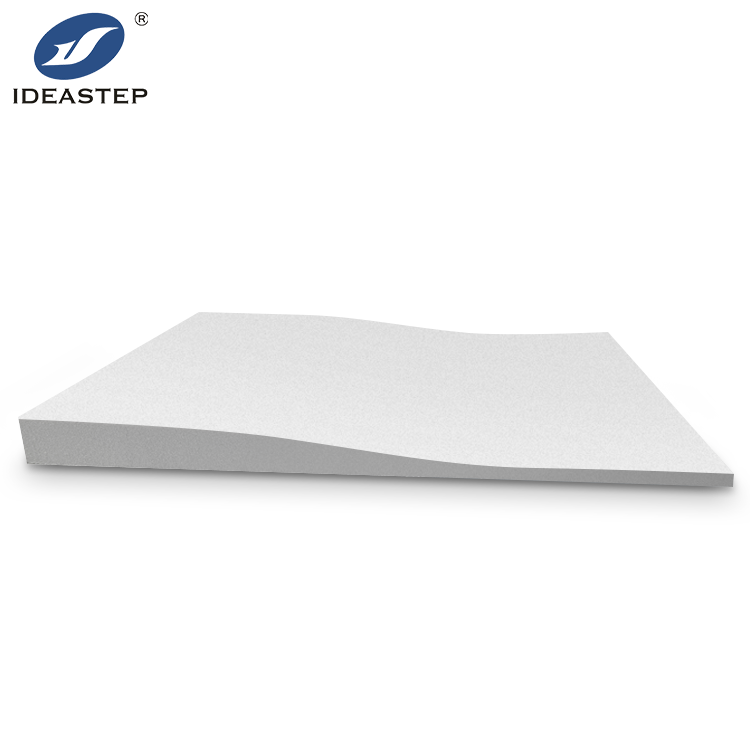EVA, or ethylene-vinyl acetate, is a soft and elastic copolymer used in a wide range of applications because it exhibits good flexibility, good energy absorption, and impact performance. Common operation methods in the processing of EVA materials are key, to solve how to achieve the best property performance of EVA materials under different applications. This book explores the key techniques used in EVA material processing and their respective benefits and limitations.
1. Extrusion
Definition and Process
Extrusion is the process by which an EVA material is forced through a die to produce either a sheet or tube form of continuous shape. In this process, the material is heated and becomes pliable, and then it is forced through the die that contains other different shapes to form the desired shape.
Applications
Extruded EVA finds wide applications in the field of packaging, sporting equipment, and other diverse applications in other industrial fields where consistent material properties are quite important.
Advantages and Limitations
Extrusion guarantees weight and material properties consistency since the extrusion process involves forming. However, it is partially limited by the complexity of forms that can be achieved by this process and might involve high consumption of energy.

2. Compression Moulding
Definition and Process
Compression molding is a method through which EVA material is placed in a heated mold cavity. Pressure is applied for closing the mold, followed by material flow, resultant mold filling, and cooling as it takes its new shape.
Applications
It is very well applied to this process of making EVA components of insoles, pads, or custom parts, which have complicated shapes necessarily formed.
Benefits and Limitations
This molding press is able to produce intricate and detailed designs. At the same time, considering that quite a long period is applied during the cycle time, it can be very time-consuming and thus may not be feasible or possible in the production of parts in large volumes.

3. Injection Molding
Definition and Process
Injection molding means shaping and solidifying desired shapes by pouring molten EVA into a mold filled with cold water under high pressure.
Applications
The technique is most reasonable when manufacturing complex forms and highly accurate details, either for mass and serial production, consumer or industrial applications.
Advantages and Disadvantages
It provides higher efficiency in large-quantity production with a high degree of accuracy. A major con of this process is that the initial mold-making cost involved is enormous, and sometimes setup times for the machines are long.

4. Foam Blowing
Definition and Process
In this process, a blowing agent is introduced into EVA material for foam. The blowing agent will make the material enlarge. Later, when the blowing material solidifies, a light and cushioned product will be formed.
Applications
EVA foam is used where cushioning, insulation, and packaging need to be lightweight and shock-absorbent.
Advantages and Disadvantages
Foam blowing is the best part in terms of cushioning and insulation necessities. There is, however, great process complexity, and this could lead to foam density and consistency variation.

5. Heat Welding
Definition and Process
Heat welding is the process of fusing EVA material pieces using heat and pressure. The surfaces that are to be welded are heated to a melting state and then combined by pressure to affect a bond.
Applications
This process is applied in the manufacture of large EVA sheets and in joining the EVA components in various products.
Benefits and Limitations
Heat welding is effective for producing strong, smooth joints. Still, it is limited by narrow processing windows and material thickness.

6. Subtractive Manufacturing or Machining
Definition and Process
In the application of machining, tools such as CNC machines are used to remove or shape the EVA material. This material is cut/milled in the form of precise shapes or features.
Applications
Machining is used in the manufacture of custom EVA parts to high precision, such as prototypes or parts with complex geometries.
Benefits and Limitations
Machining allows high accuracy, and complex shapes can be produced. The process, however, can be very time-consuming and, at the same time, create material waste.
Conclusion
Selecting the most appropriate processing method for EVA material is determined by the needs of your particular application. Extrusion, compression and injection molding, foam blowing, heat welding, and machining each have many advantages and some limitations. Once you understand these six methods, you can decide which one will help meet the material properties and performance of your EVA products.
Frequently Asked Questions
What is an EVA material?
EVA materials are used in cushioning, insulation, packaging, and structural applications.
How does extrusion compare with injection molding for the processing of EVA?
Extrusion is suitable for continuous shapes and uniform products, whereas injection molding is suitable for highly intricate components and high precision.
What are the best applications for EVA foam?
This makes EVA foam suitable for cushioning, shock absorption, and thermal insulation in sports equipment, packaging, and protective gear.
What are the environmental concerns in processing EVA material?
The processing of EVA material involves some energy-intensive techniques whose wastes are resultant. This, therefore, requires some sustainability methods and ways of proper disposal to avoid the effacement of the environment.
